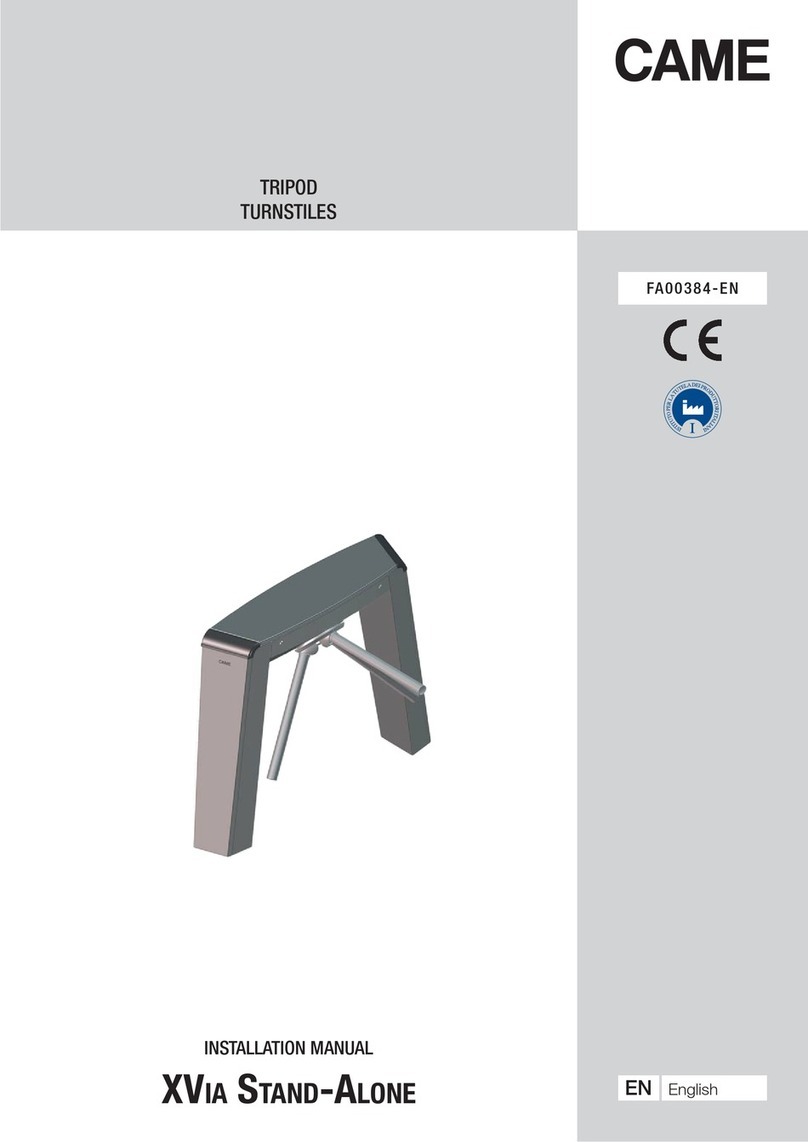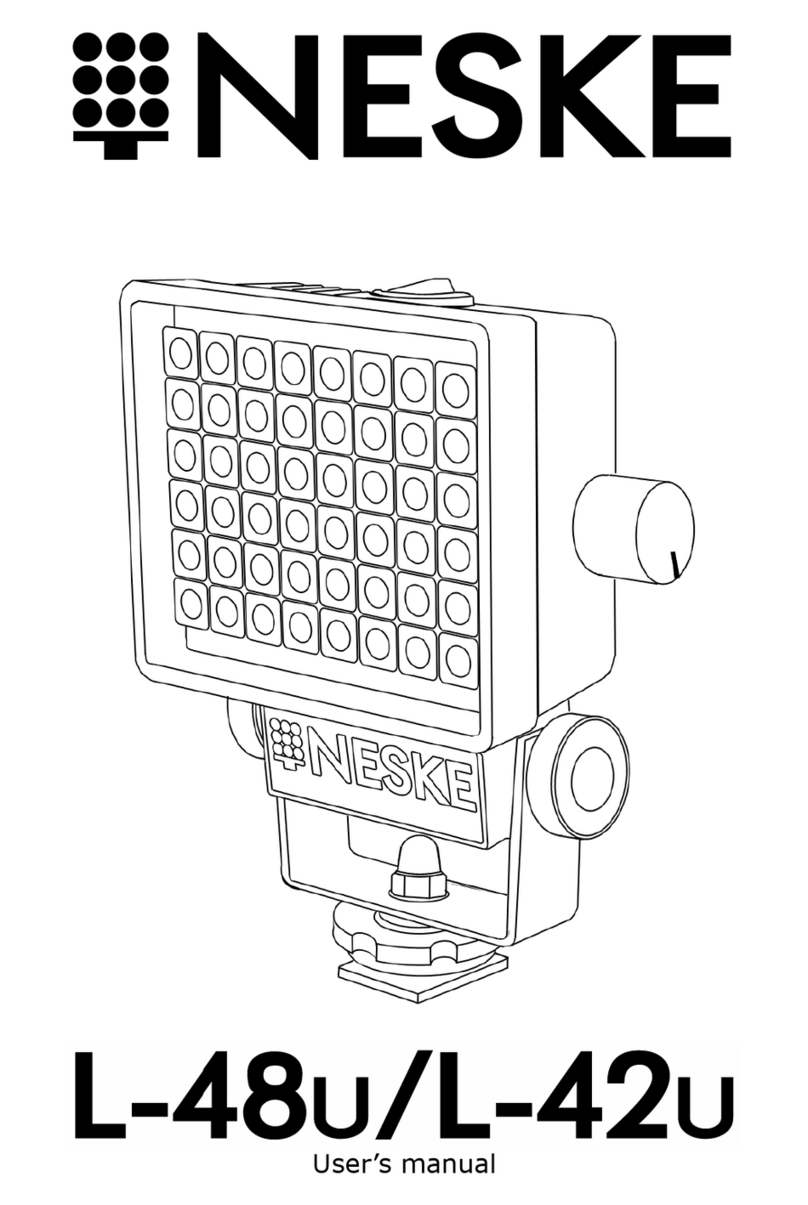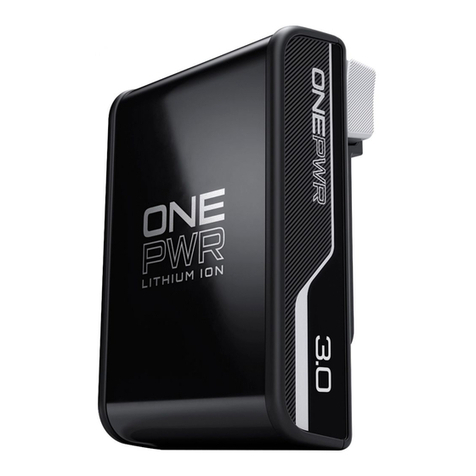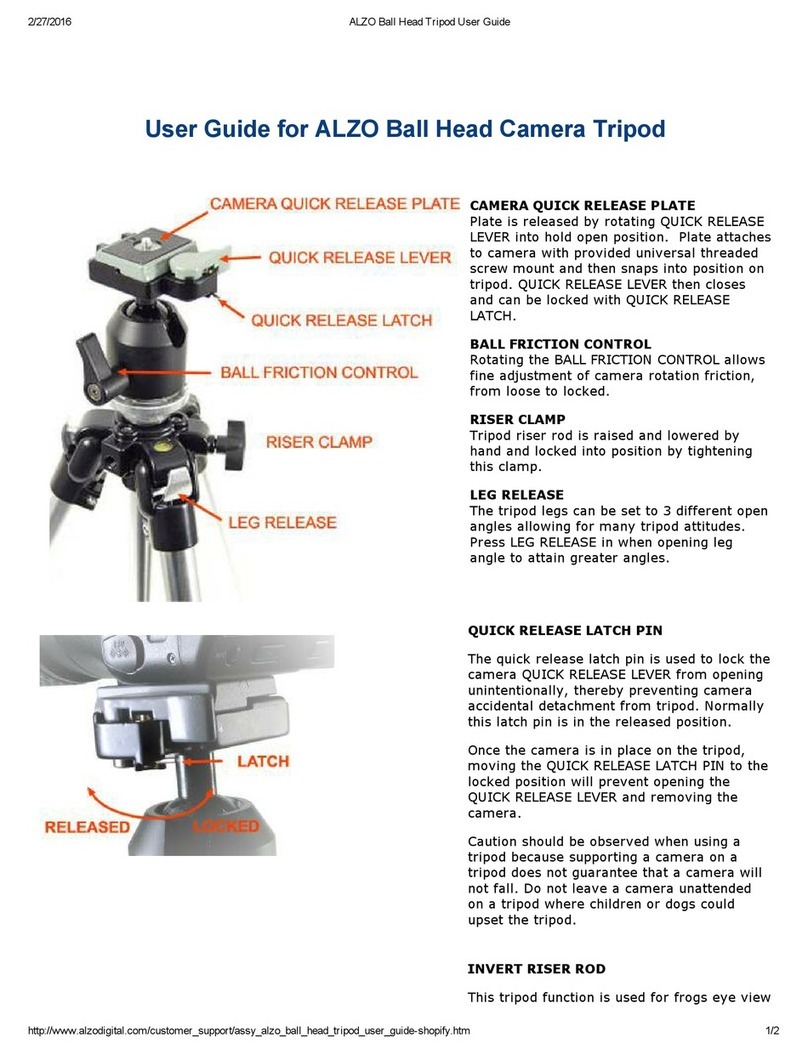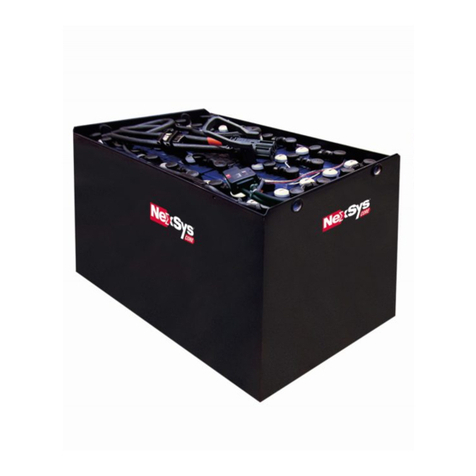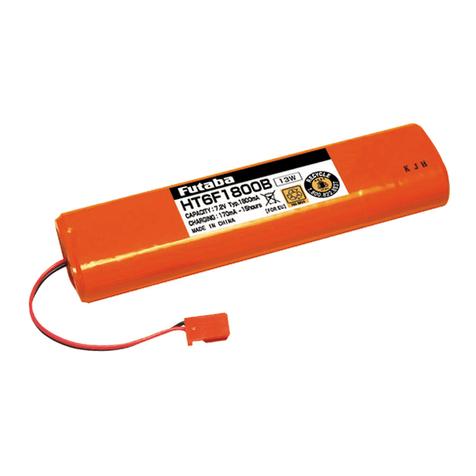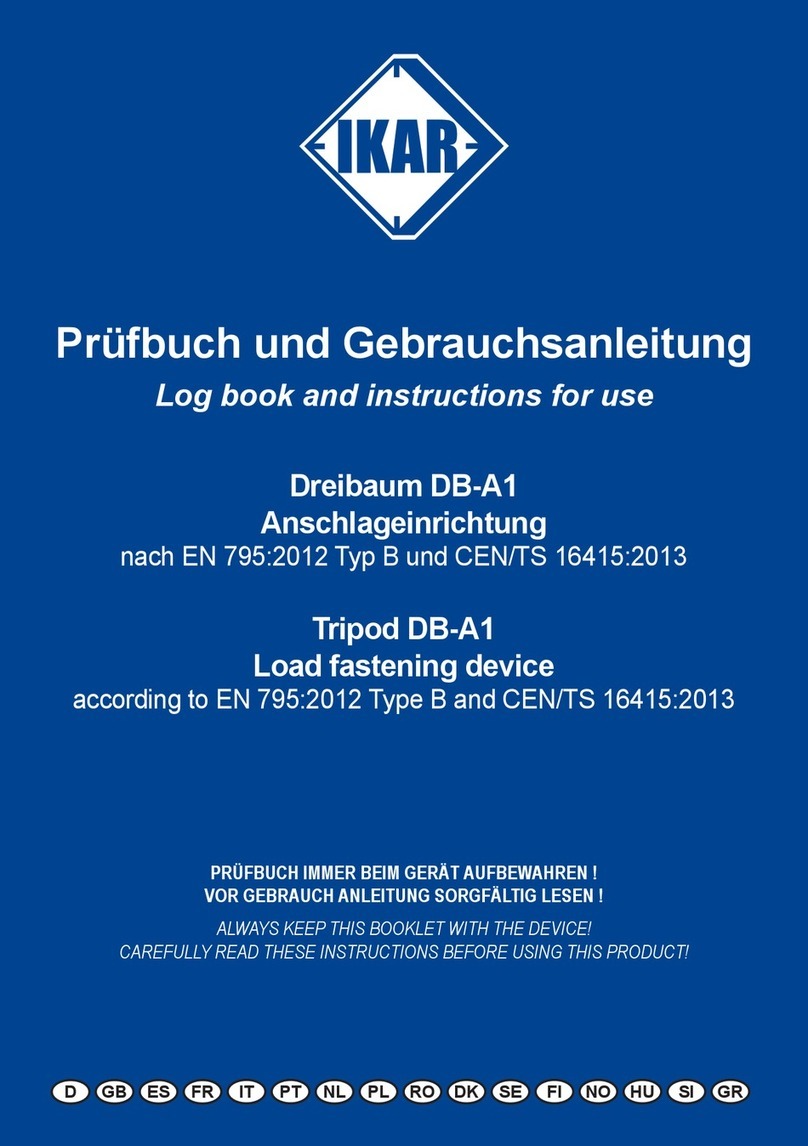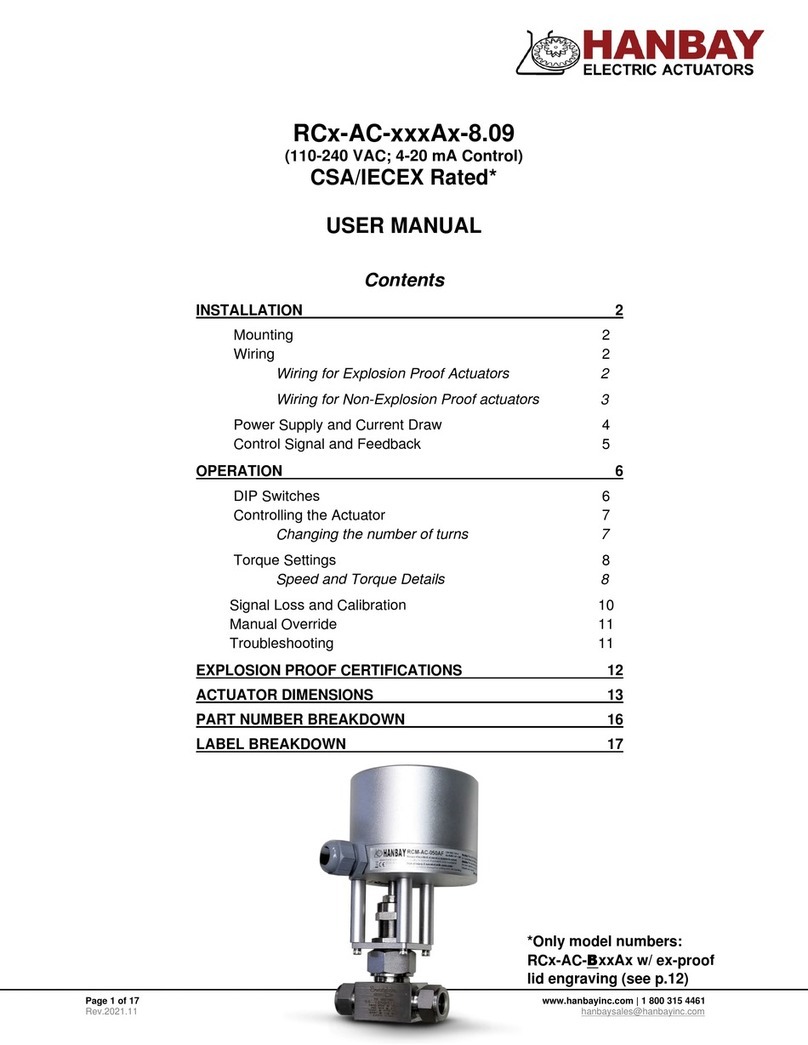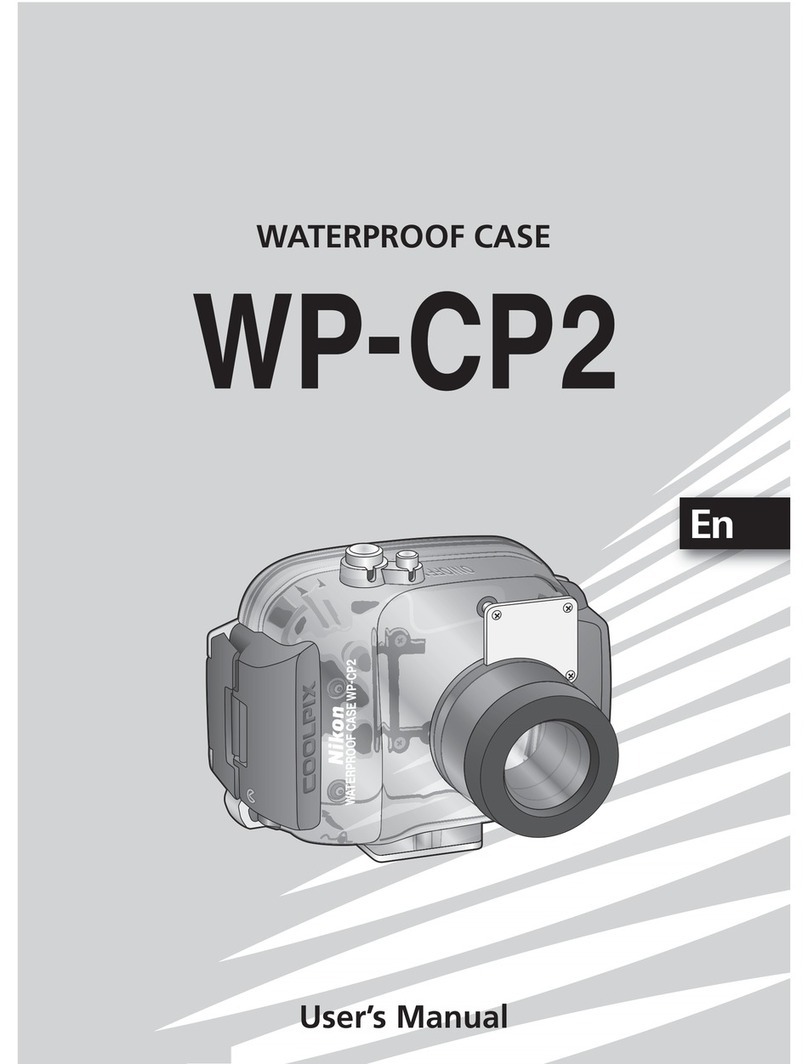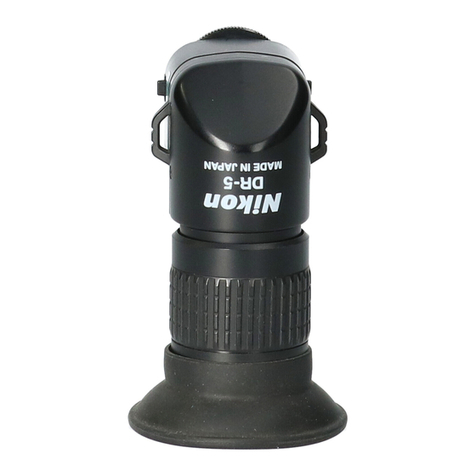Bogart Engineering TM-2030 User manual


1. Primary System Information
The most important information on your battery system is available simply by pressing the select button a number of
times on the TriMetric front panel. As the select button is pressed, the following appear on the display:
1. volts: the voltage of your main battery (if the B1 lamp is on) or the voltage of the secondary battery (if the B2
lamp is on). Use volts to:
a. Check whether your batteries are charging at the voltage specified by the battery manufacturer
b. Check whether the batteries are nearing a low state of charge. This would be (for 12 V system) when volts
are somewhat less than 12.0 volts. Between 12.0 to 14.0 volts this display is a poor indicator of state of
charge in a working system. Use % full instead.
2. amps (or watts): this mode shows how rapidly energy is entering or leaving the battery. It is positive when the
battery is being charged or negative when the battery is being discharged. This display mode can be
reconfigured (using program P4) to show power (in Watts) instead of showing current (in Amps). Use amps or
watts to:
a. Verify that the charger is charging the batteries at correct rate;
b. Know when to turn a charging generator off. As batteries become more charged, amps to the batteries will
decline. Running a generator with a low charge current is wasteful;
c. Learn the power usage of your various appliances by noting the amps (or watts) difference when they are
switched on and off. Do this when you are not charging batteries.
d. Check that all your appliances are really turned off before leaving home.
3. % full: this display mode tells the state of charge (how much energy is left) in the battery on a percentage scale.
Use this mode to:
a. minimize generator run time when charging batteries by running it when “% full” is low and thus charging
amps are higher. When % FULL is high, finish charging with solar at lower amps and longer charge times
b. Observe progress while charging.
2. Additional System Information
In order to display additional system information, hold the select button down continuously. The following display modes
will then appear in the order below, repeating as long as select is held. Programmable settings and history data are
described below only in summary form. Refer to the SC-2030 user guide for further details on these advanced display
modes.
1. Secondary information, indicated by “Ahr” on the display. The first five items in this category are listed in lower
box on the front panel. See Section 2.1 below for description.
2. Programmable settings, indicated by “P” on the display; see Section 2.2 below.
3. History data, indicated by “H” on the display; see section 2.3 below.
4. Primary system information will be repeated as well, as described in Section 1 above.
2.1. Secondary System Information
These are shown in lower box on front label. When the display mode is selected for secondary information, the following
information is available:
Ahr: Amp-hours from full. This is another way to indicate percentage full. When the battery is full, this value is zero.
When the battery is less than full, the value is a negative number which shows how many amp-hours should be
returned to the battery to fully charge it. That number is reset by holding the reset key down for at least five
seconds while in that display mode. For best accuracy, reset this parameter only when you are certain the
battery is fully charged.
dSC:Days since charged: This value shows the number of days since the battery was last fully charged. It is important
to not let the battery at a low charge level for long periods of time. It is reset automatically when the “charged
criteria” are met, however it can be manually reset by holding the reset key down for at least five seconds while
in that display mode.
dSE: Days since equalized (“dSE” on display): This provides a reminder for when to perform a manual equalization.
Shows how many days have elapsed since the last time the battery was equalized. This number is not
automatically reset; it must be reset by holding the reset key down for at least five seconds while in that display
mode.
“Pr” or “AP”: Power (“Pr” on display indicating watts) or current (“AP” on display indicating amps), depending on
whether the amps primary display was set for current or power, respectively. This allows both Watt and Amps

information to be available in all cases: as one is available as primary information, the other is available as
secondary information.
rPC: Percent returned from last discharge. Because of batteries’ inherent inefficiency, it is necessary to recharge
batteries with more energy than was taken out. Flooded batteries require at least 10% more charge than was
removed, while AGM batteries need only about 5–8% more. While the battery is being discharged, the value
shown is 0. While the battery is being charged, the value is the amount of charge added so far as a percentage
of the amount of charge last removed, or anywhere from 0% to 110% or more.
The following three are not shown on front label. The SC-2030 must be connected and communicating with the
TM-2030. They only display when the sun is supplying power to the SC-2030 charger
ºC: The battery temperature in degrees Celsius
SOL: Solar amperes: the amount of current being delivered from the solar panels from SC-2030.
UPr: Unused solar power: shows if extra power is available from sun that could be used when battery charging is
tapering down in the afternoon. Run appliances such as a dishwasher or vacuum when this extra power is
available, which would otherwise be wasted. Displays “YES” when nearly all solar power available for extra
use. If a number is displayed it is showing watts available.
2.2. Programmable Settings. More details can be found in the SC-2030 user guide.
Two sets of programmable settings are available. The basic set is always available. The advanced set is available only
when the “user level” has been set to L3 or higher using setting P7, which is necessary when using the SC-2030. This
section describes the programmable settings in summary form.
2.2.1.Basic Programmable Parameters
The following parameters comprise the basic set:
⁃P1: Charged voltage set point. Bulk charging of the battery stops when the voltage has reached this limit.
(10-65V)
⁃P2: Current threshold prior to switching to finish charging. When the charging current drops below the level set by
this parameter, expressed as a percentage of the battery’s capacity (P3), the state of the charger changes from
bulk charging to finish charging. The charging current is then limited to the value set in P21 described in the
section below. It is recommended that not more than 5% be used. (OFF or 0.1-9.9%)
⁃P3: Battery system capacity in Amp-hours (10-9990 A-hr)
⁃P4: Current (“A”) or power (“Pr”) in amps primary display mode
⁃P5: Days-since-charged alarm set point (off, 0.0-250 days)
⁃P6: Days-since-equalized alarm set point (off, 0.0-250 days)
⁃P7: User level, required to access the advanced parameters (L1, L2, L3, L4)
2.2.2.Advanced Programmable Parameters
The advanced parameters can be accessed only if the user level has been set to L3 using program P7. Default values
are reinstalled whenever P7 is switched to L1 or L2.
⁃P9: Low-battery beeper alarm threshold (OFF, 1–100%). Setting this parameter to “OFF” disables the beeper
alarm both for low battery charge percentage (this parameter) and for low battery voltage (P13 parameter).
Default: OFF
⁃P10: Efficiency factor (60–100%). This parameter affects how the “% full” and “amp hours from full” values are
evaluated. Discharging amps are always evaluated at 100%. Charging amps are evaluated at this lesser percent
to account for battery charging inefficiency. Default: 94%
⁃P11: Shunt type. “H” means 500A/50mV and “L” means 100A/100mV. Default: H
⁃P12: Auto reset. When “OFF,” percent full and amp hours are never automatically reset. Default: On
⁃P13: Low battery voltage alarm setting (10.0-65.0 V) Default: 10.0
⁃P14: Maximum allowed finish-charge time in hours until float (0.0-5.0) Default: 0.0
⁃P15: Maximum finish-charge voltage (10.0-65.0 V)
⁃P16: Float-voltage setting (10.0-65.0 V)
⁃P17: Hours before history data is recorded: for data H7, H8 and H9 (0-24)
⁃P18: Adjust battery calibration voltage.
⁃P19: Reset TriMetric to factory settings.
⁃P20: Percentage of overcharge compared to last discharge until float (1-20%)
⁃P21: Finish charge current limit: specifies current as a percentage of the battery capacity (0-10%)

⁃P22: Battery charging profiles—to quickly enter correct charger settings for SC-2030.
2.3. History Data. More details can be found in the TM-2030 user guide.
The following system history is stored for diagnostic purposes. Parameter H1 is accumulated over the battery’s lifetime
until reset manually. Parameters H2–H6 hold data for the last five charge-discharge cycles. Parameters H7–H9 hold
data for the last five days of operation.
⁃H1: Cumulative lifetime Ampere-hours drawn from the battery
History data of the last five charge-discharge cycles:
⁃H2-1 – H2-5: Hours since last cycle ended
⁃H3-1 – H3-5: Cycle duration in hours
⁃H4-1 – H4-5: Charge efficiency of cycle: percentage of total Ampere-hours discharged ÷ Ampere-hours charged
⁃H5-1 – H5-5: Lowest battery charge percentage within the cycle
⁃H6-1 – H6-5: Lowest battery voltage within the cycle
History data of the last five days:
⁃H7-1 – H7-5: Highest battery voltage each day
⁃H8-1 – H8-5: If the charge set-point voltage (set in P1) was reached on a particular day, this parameter shows the
charge current at that time. If the charge set-point voltage was not reached, this parameter shows the charge
current when the highest voltage was attained.
⁃H9-1 – H9-5: Highest percentage of overcharge returned to the battery for the day
3. Other Useful Information in the User Guide
Where to find information available in the SC-2030 user guide:
⁃Programming the parameters for proper care of your batteries
⁃How to turn on or off the audible alarm (P9 and P12)
⁃Analyzing the TM-2030 history data to tell what is going on with your system
⁃Activating and using the battery reminders
⁃How to observe the “filtered volts” and “filtered amps” for determining when batteries are considered charged, as
well as an explanation of how the TM-2030 computes the battery-full percentage
⁃Charge profile graphs, which show in detail the effect of the eight programmable charging parameters
⁃Differences between user levels L1, L2, L3, L4
4. SC-2030 led Indicators.
The led lights are located on the charge controller usually near the batteries. The yellow led, marked “Overcurrent” on
the SC-2030, indicates that current is available from the solar panel to charge the battery. If the current is excessive
(over 32A), the led will flash while the SC-2030 limits the current into the battery. If a lower amount of current is available,
the yellow led will be on without flashing.
The green led, marked “TM-2030 Connected” on the SC-2030, indicates the charging state of the battery. When the
green led is on most of the time, this means the TM-2030 is connected and solar current is available to charge the
battery. When the green led is off most of the time and blinking, this means the TM-2030 is not connected, and the
charge controller is charging the battery. The number of flashes indicates the state of battery charging:
1. One flash: bulk charging
2. Two flashes: battery at “absorb” voltage
3. Three flashes: battery in “float” mode
4. Four flashes: battery in “finish charge” mode with the SC-2030 limiting the current
5. Five flashes: battery in “finish charge” mode with the SC-2030 limiting the voltage
6. Six flashes: ready to bulk charge, but not enough solar input (compared to loads) to charge batteries.
5. Customer Service
Please contact your dealer, or contact Bogart Engineering, Inc. at 19020 Two Bar Road, Boulder Creek, CA 95006,
831-338-0616. Contact us or the dealer before returning any item.
www.bogartengineering.com
Table of contents


